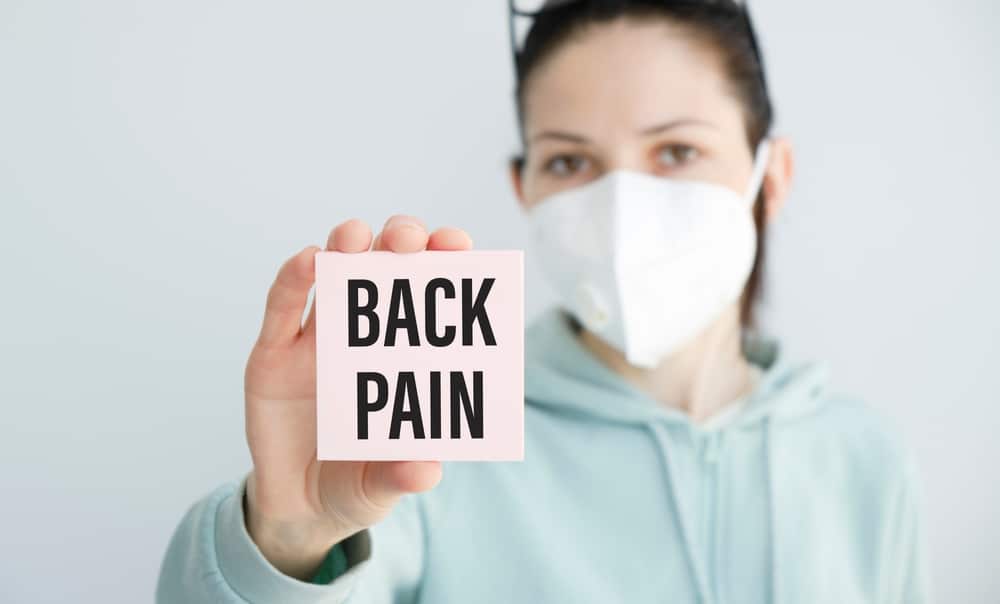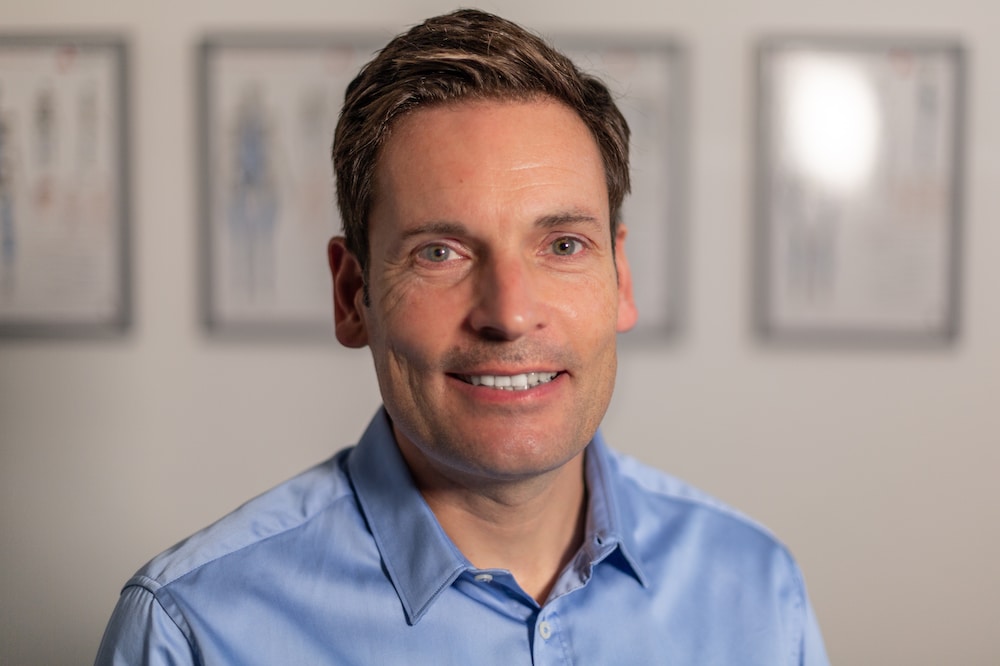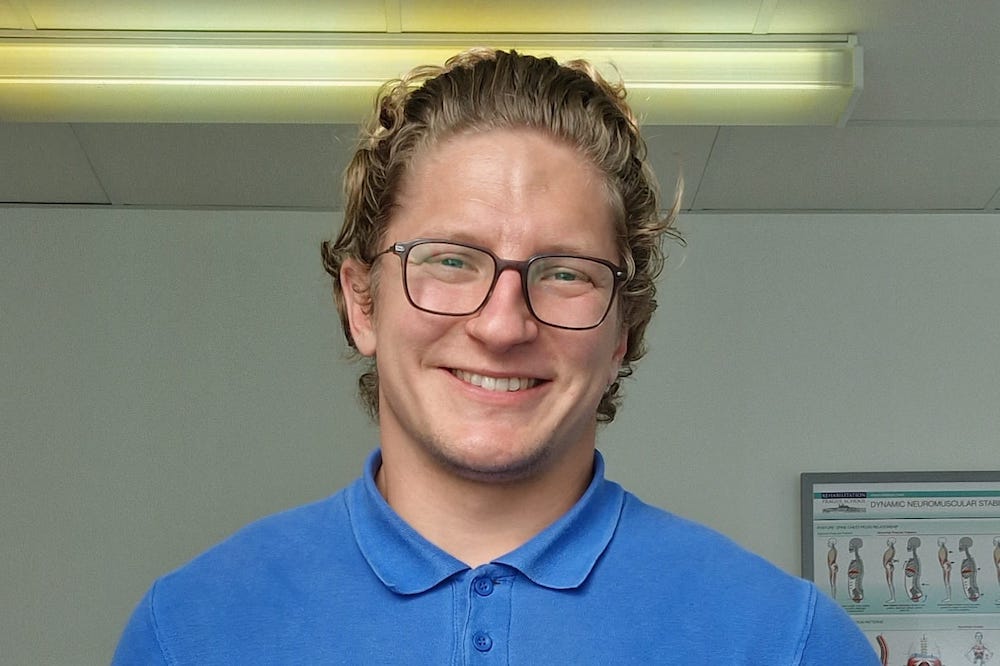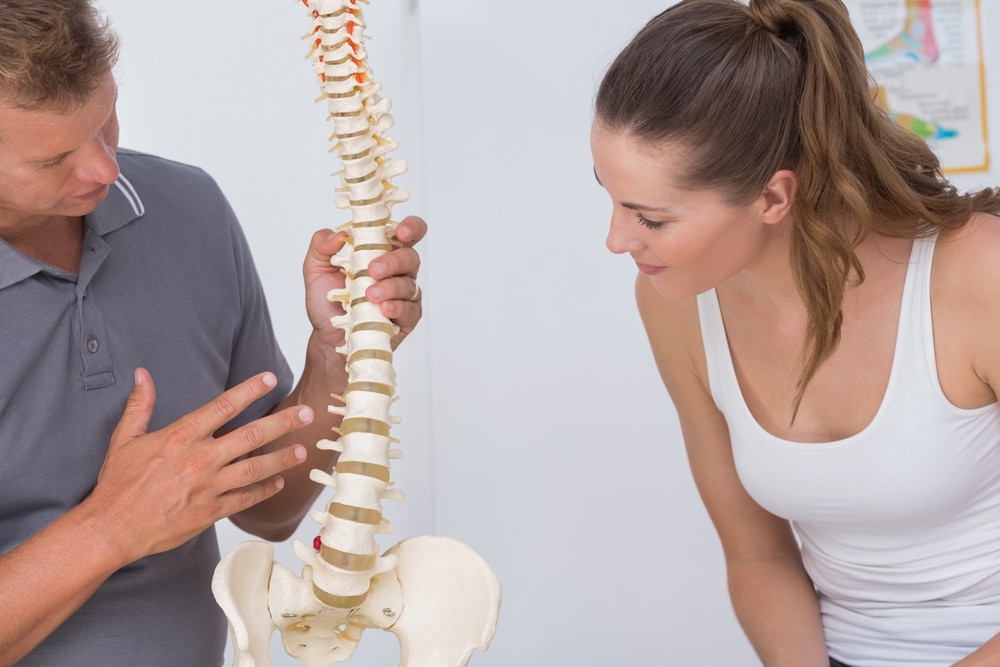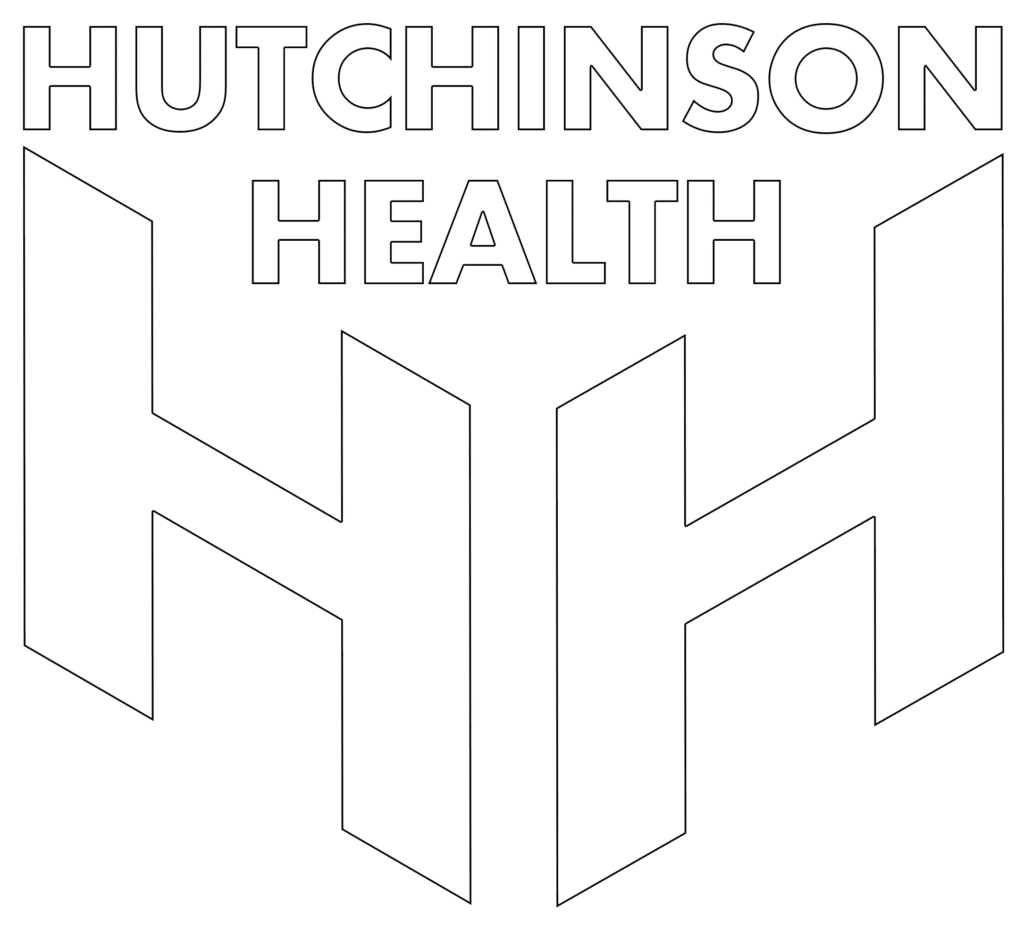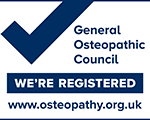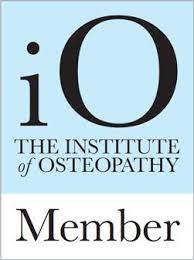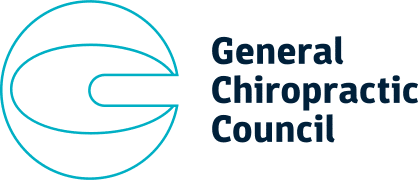Is lower back pain common?
In the UK, there has been a 9% increase in people experiencing back pain compared to five years ago.
According to research from the British Chiropractic Association (BCA), more people have reported experiencing back and neck pain on a weekly basis in the last five years. In addition, it is reported that 16% of us experienced back and neck pain each month over the same five-year period.
We have all experienced the odd twinge and restrictions in our mobility, like trouble putting our socks on in the morning, but some low back pain, if it lasts longer than two to three days, can be debilitating. So, what are you likely to feel with back pain? Here is a brief list of the most commonly reported feelings:
- dull aching pain
- sudden sharp pain on bending or twisting
- pain low down across the back
- pain in the back of the thigh.
The pain you experience will be different from person to person, depending upon your previous experiences, but typically back pain falls into these broad descriptions and may also vary during the day and night.
In a further study, it was reported that low back pain is one of the most common musculoskeletal complaints for which people seek treatment with a professional such as a chiropractor or osteopath, and around 80% of the general population suffer with low back pain at some point over their lifetime.
As mentioned above, we have all experienced an odd twinge and ache into the low back region after a strange move or lift but when the pain persists and then starts to limit your daily activity, stopping your hobbies and social and sporting activities, it is time to find a professional back pain specialist clinic that can help manage and treat the immediate and sometimes severe pain, and also provide the best ongoing treatment plan to get you to back to health.
What is non-specific low back pain?
Non-specific low back pain is a pain in the low back that is caused from an irritation and injury to either the bones in the low back known as vertebra, and their two capsular joints known as facet joints, or the pelvic joints known as the sacroiliac joints. Sacroiliac is pronounced seikreu-iliak, listen to its pronunciation by clicking here.
The low back is known as the lumbar spine and has five vertebra which are labelled L1 to L5 and each of these has one disc between them. There are two pelvic joints, a left and a right.
There was a lot of controversy in the early days of medicine and even into the 1960s and 1970s as to whether the pelvic joints were fused and therefore pain from these joints was not possible. But following clinical research, it has been confirmed that the pelvic joints do move a small amount and can produce pain through injury.
What is lumbago?
Lumbago is nothing sinister or worrying. It is simply the Greek word for low back pain and if your general practitioner or other health care professional has said you have lumbago, it is a real diagnosis but not a very clear one, and it is therefore not used that often in modern day clinics.
If you have been told you have lumbago, then your symptoms will be the same as for low back pain and the treatment will be the same and just as effective as for non-specific low back pain.
What is the cause of back pain?
The number of adults that report that the primary trigger for their back pain is long periods of sitting has increased to 45% from 35% in the prior five-year period. This is reflected in the number of people who cite work as the trigger to their back pain. This trigger is more than likely going to increase in the years following the COVID-19 pandemic, as more and more employees ditch the commute and office for working from home, reducing their daily activity significantly. If we don’t take a positive move to recognise this fact, and put actions in place to help over the weeks, months, and years, then the incidence of back pain from sedentary postures will likely only increase.
In addition to sedentary postures, back pain can be caused through a repetitive low-grade motion, rather than a heavy lift that maybe we would initially think would be a leading cause of back pain. Our bodies are indeed amazing and can adapt to a wide variety of stresses and strains but there is a limit which we all can reach with repeated poor postures and repeated postures.
This long-term repeated loading through different postures over time, tires out the muscles and causes a repeating low-grade trauma to the vertebra which leads to joint irritation and subsequent pain.
What aggravates lower back pain?
Non-specific low back pain is most often aggravated by static postures such as sitting and sleep postures. Patients are often worse in the morning after a night’s sleep and struggle with increased pain and restricted movement in the first hour after waking. This can make getting dressed very difficult and painful. After approximately one hour, the pain will calm and the feeling of stiffness will reduce.
If you are stiff and sore in the morning, the best thing to do is to keep mobile with short walks and gentle mobility, be very careful with stretching exercises in the first hour as these can aggravate the low back.
Stretching and exercise is clinically proven to be beneficial for back pain, but this has to be introduced at the correct time, and during the initial stages of recovery, it is enough just to introduce gentle mobility and walking.
When to see a doctor for back pain?
We all get the odd twinge of back pain during our daily lives, and as professional back pain specialists, we do not suggest that all of us need treatment after a twinge. However, if your back pain has been constant or worsening over the past three to seven days, and it does not feel that it is improving or maybe it is even worsening, then it is time to seek the professional help of a chiropractor or osteopath.
As professional back pain specialists, we have completed an extensive four-year degree university study programme and are recognised in the United Kingdom as primary healthcare practitioners. As such, you do not need a referral from a general practitioner to attend an appointment as we are trained to correctly diagnose various conditions, and if the cause is not of a musculoskeletal nature, we can make onward referrals ensuring you get the correct care.
As primary healthcare practitioners, we are also able to complete referrals for x-rays, ultrasound, and MRI investigations. There are strict clinical guidelines around these referrals but if clinically indicated, they can be arranged with private facilities.
What does an MRI of the lumbar spine show?
If you require an MRI for the lumbar spine, we can refer you to a private MRI facility. Here at Hutchinson Health, we use Alliance Medical in Southampton at a cost of £290 for the MRI and full Radiologist report. We have no financial affiliation with Alliance Medical and all costs are direct between the patient and Alliance Medical. If you happen to be claustrophobic, and a traditional MRI is not suitable, then we can also refer for an Open MRI in Boscombe, Bournemouth at a cost of £320. Both facilities provide a first-class service and are all inclusive with a full report from a Radiologist.
If we do refer you for an MRI In the documentation, we will provide the radiologist with the working diagnosis and clinical questions that we are looking to answer with the scan. The scan itself will image just the lumbar vertebrae, discs, soft tissues, and nerves and not include the pelvis as this would be another separate area. An MRI is the gold standard in imaging and provides a wealth of information. This information can help us understand your specific injury and hence provide the best treatment going forward.
Can a chiropractor/osteopath help with back pain?
As back pain specialists, we help people from all walks of life with back pain. The goal of the manual therapy treatment that we provide is initially to help manage the immediate pain symptoms and help restore your mobility on a day-by-day basis. We help through talking through your diagnosis and bespoke treatment plan, helping understand why you are experiencing a back pain episode and how recovery will look.
As mentioned, our aim during the initial treatments is to reduce the low back pain and increase your mobility. After we have started to settle the symptoms, we are then able to help the body heal and restore the function to the vertebra and muscle structures.
We have several manual therapy techniques that we can use depending on your specific diagnosis. Using soft tissue therapy, dry needling, vertebral mobilisation, vertebral manipulation, and rehabilitation exercises we can over a relatively short period of time (four to six weeks) help you recover from the injury and get you back to daily life without pain.
If you are or have been suffering with back pain for a week or maybe years, then call Hutchinson Health and we can provide you with a professional treatment that can relieve the pain and return you to the activities that you enjoy.

